
The Terpene Synthases of Red Algae Have a Bacterial Origin
The red algae (Rhodophyta), encompassing over 8,000 species, are the richest source of marine secondary metabolites. Among red algae, many genera produce terpenes, which constitute the largest class of secondary metabolites. Despite the rich diversity of terpenes in red algae, little is known about how…
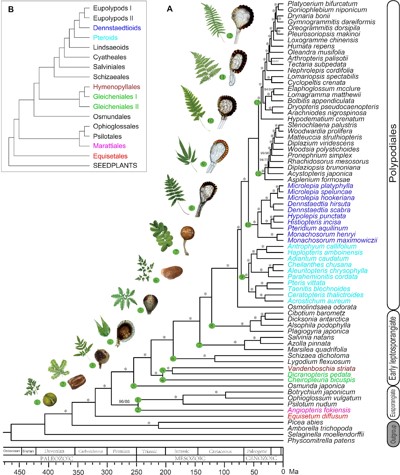
Large-scale phylogenomic analysis resolves a backbone phylogeny in ferns (GigaScience)
A look back at the most popular articles shared on Plantae social media in 2018.
Plantae Social Media Interns Katie Rogers and Juniper Kiss have been reviewing the 2018 stats. Previously they shared the most popular posts overall. Here, they share the posts to research and review articles that…
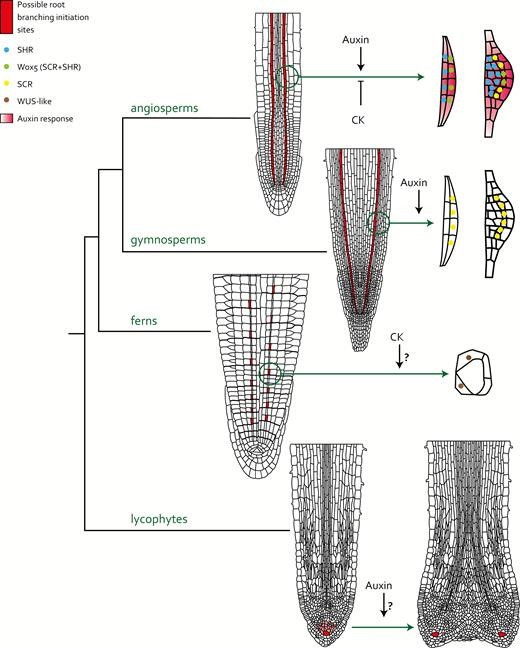
Review: The evolution of root branching: increasing the level of plasticity (J Exp Bot) ($)
Without roots, plants are unable to gain height due to poor anchorage and are less fit for survival outside of humid environments. Root branching allows plants to better adapt to their environmental conditions and improves their capability to forage for water and nutrients. In this review, Motte and…
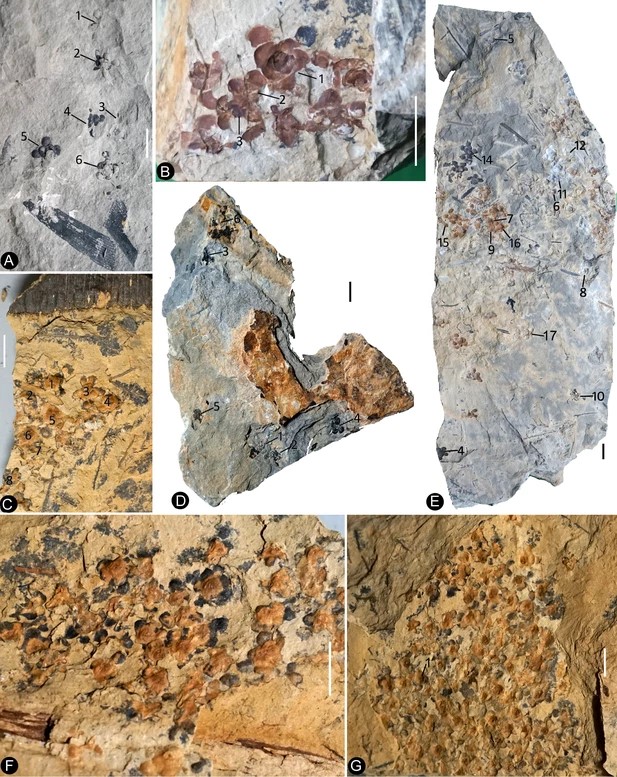
An unexpected flower from the Jurassic of China (eLIFE)
The economic importance of angiosperms, whether for food, ornamentals, timber, pharmaceuticals, or any other commercial product is easy to prove. However, their origin is not. Evolutionary biologists have long debated the origin of flowering plants. Fu et al., have unearthed fossils from the Early Jurassic…
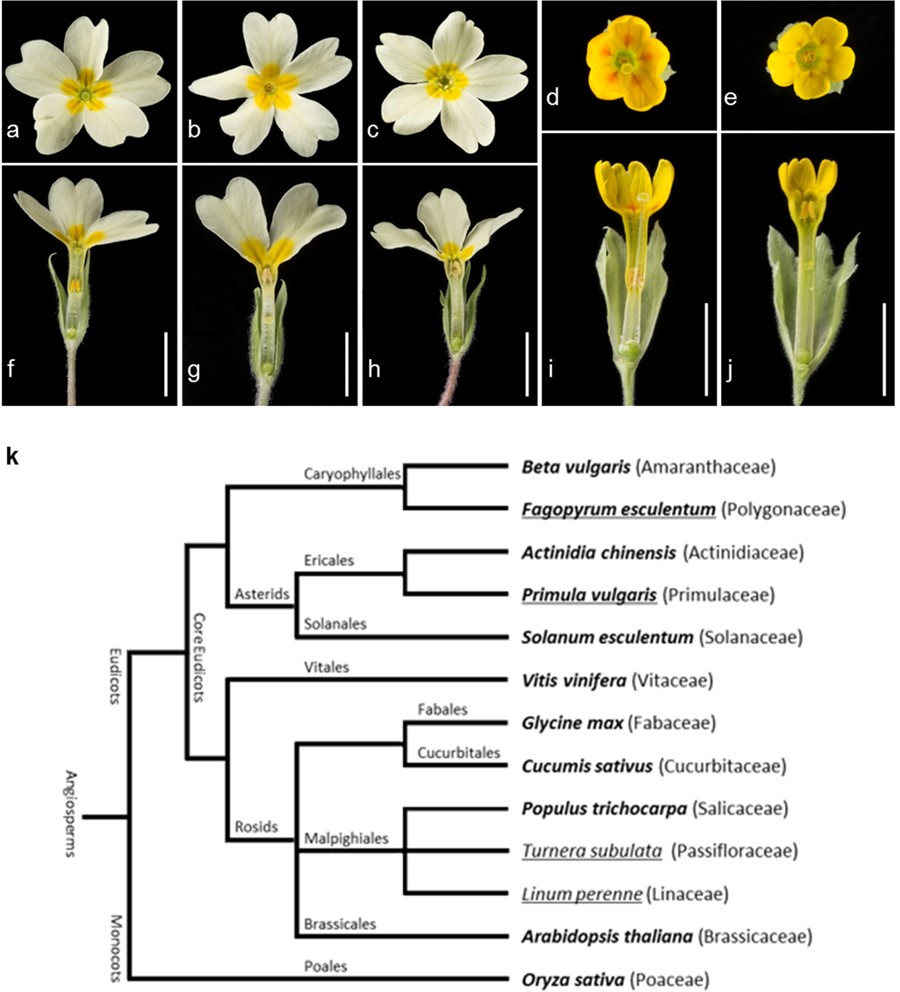
Primula vulgaris (primrose) genome, and the heterostyly supergene (Sci. Reports)
Floral heteromorphy (differences in form) in Primula has long been of interest to plant biologists. Over 150 years ago, Charles Darwin recognized the importance of this floral anatomy for promoting cross-pollination. In heterostylous Primula species, plants produce either, pin or thrum flowers. Pins…
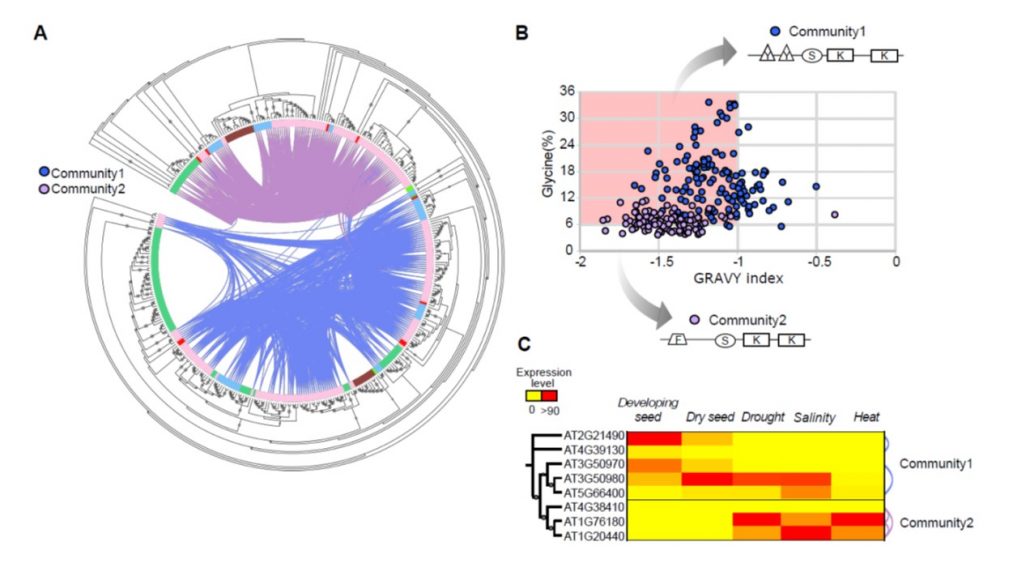
Genomic diversification of LATE EMBRYOGENESIS ABUNDANT (LEA) protein gene families (GBE)
LEA genes were first identified as being highly abundant during seed desiccation (hence their name), but later were also shown to accumulate in other tissues in response to drought stress, and to confer desiccation tolerance in “resurrection plants”. These small proteins are characterized by having…
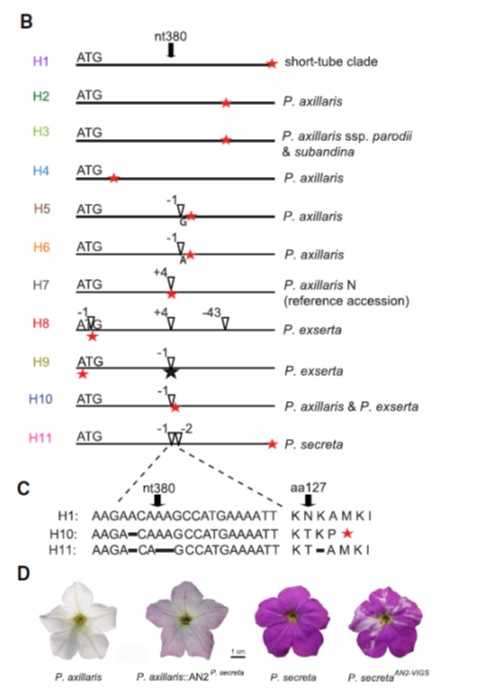
Pseudogenization and resurrection of a speciation gene (Curr. Biol)
Many flowers have evolved to attract pollinators through scent, shape, nectar production and color. Small changes in any of these attributes can be sufficient to dramatically shift pollinator preferences and pollination efficiency. Petunia has recently diverged into several species, characterized as…

Archetypal roles of an ABA receptor in drought and sugar responses in liverworts ($) (Plant Physiol)
Much of our understanding of the molecular pathway for ABA response comes from studies on Arabidopsis. Thanks to genomic sequencing efforts, we know that this pathway is largely conserved amongst plants, including mosses. Jahan et al. extend this understanding to liverworts, drawing on the recently sequenced…

Major domestication-related phenotypes in indica rice are due to loss of miRNA-mediated laccase silencing (Plant Cell)
Rice (Oryza sativa) is derived from breeding of perennial wild ancestors with long stalks and few seeds to short plants with enlarged panicles (inflorescences). Many known domestication changes are due to changes in transcription factors or modulation of enzymatic actions. Recent work by Swetha et al.…

